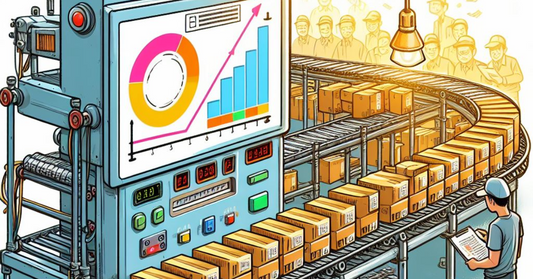Lead Time and Cycle Time in Kanban Systems
Share
In Kanban systems, metrics are often used to measure and improve the lead times of processes. The terms "lead time" and "cycle time" often come up. However, different people use these terms differently, and sometimes they are even used interchangeably. This article explains the exact meanings of the terms and the differences between them.
Two Types of Lead Time
Not all lead time is the same. There are two types of lead time that measure different aspects of lead time: Customer Lead Time and System Lead Time.
Customer Lead Time
Customer lead time measures the lead time from the customer's point of view. It is measured from the time a request or order is placed to the time it is delivered. A simple example of this is when a customer orders a car from a car dealership. In this case, customer lead time measures the time from when the car is ordered to when it is delivered to the customer.

System Lead Time
The System Lead Time measures the lead time of the entire Kanban system. It reflects the time from the first commitment point in the Kanban system to the first queue without WIP limit. This restriction is made because the meaningfulness of the system lead time would be severely limited if there were unlimited columns in the system, as these represent infinitely large intermediate storage. At this point in the process, the lead time is distorted because tasks can potentially wait an infinite amount of time here. A practical example of system lead time is the time from the start of production of a vehicle in a factory to its completion.

Cycle Times
Cycle times describe the lead times through a specific process step or group of process steps. An example of a cycle time would be the lead time that only maps the process steps of developing a product and ignores all other process steps such as testing or quality assurance. Lead times are therefore special cases of cycle times that measure the entire throughput of a system from different perspectives.

Final Thoughts
In summary, Lead Times are special cases of Cycle Times. While Lead Times measure the cycle time of the entire system, Cycle Times focus on specific process steps or groups of process steps. It is important to understand the differences between the two terms in order to accurately analyse and improve lead times in Kanban systems.














